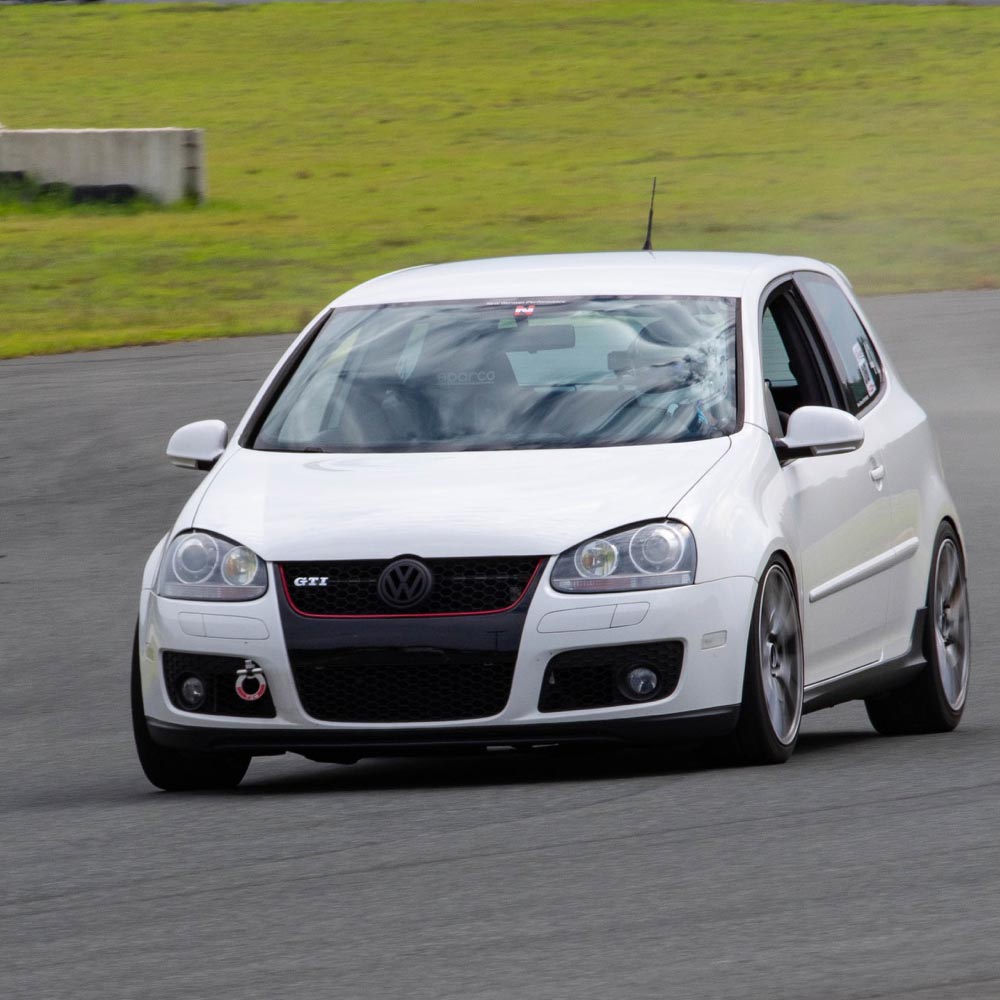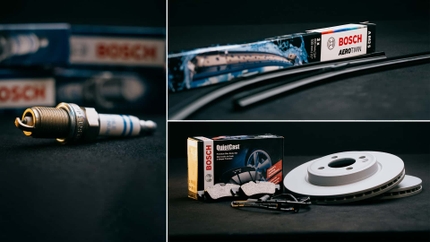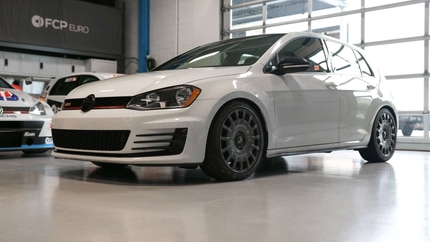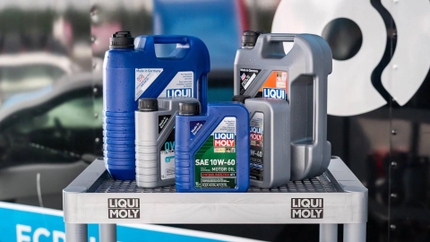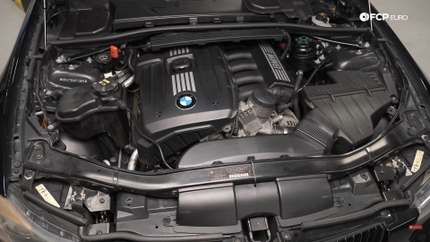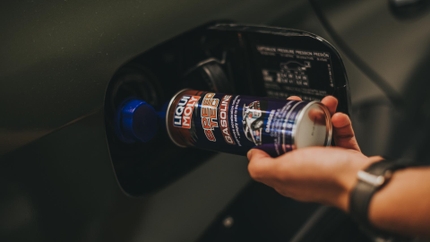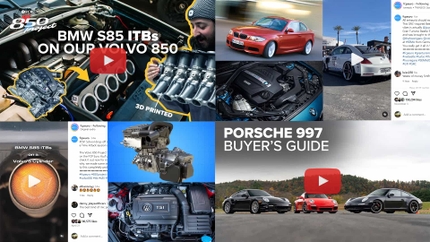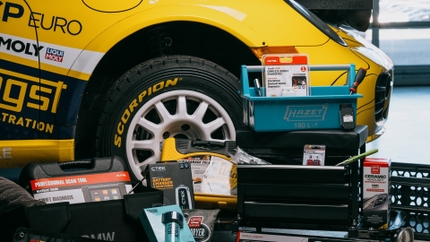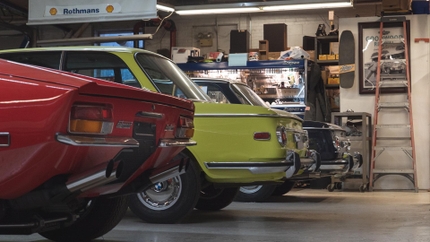- 08/28/2020
- 8 Min Read
- By: Nathan Brown
The Most Reliable Cars Over 10 Years Old According To Our Experts
Because we work where we do, we're often asked by friends, family, and newcomers to German cars (and European), "What's the most reliable used car for me to buy?" As enthusiasts, we tend to have our favorites when it comes to making these recommendations. While we may make a suggestion with an eye on whatever the person asking needs or wants, we probably have a few go-to favorites that are always in our top-5 recommendations whenever someone asks. Maybe it's something sporty, maybe it's something that can haul the family, or maybe it's something to commute every day but still have fun on the weekends.
With this spirit in mind, we decided to pick the brains of the FCP Euro catalog managers to see what some of their personal favorites are for their respective brands. Price, purpose, and budget be damned, they could pick whatever they wanted, we only had two rules: Their choice had to be at least 10 years old, and it had to be reliable. While we weren't expecting to get such a wide range of responses, this shows that there are plenty of great options when it comes to picking the most reliable used car.
Volkswagen GTI / GLI 1.8t/VR6 (Type Mk4, 1999.5-2005.5)

If the Mk4 Volkswagen was a stand up comic, it would be Rodney Dangerfield. (It doesn't get any respect.) While it does have its quirks and considerations to be sure, it's not all bad. It's a shame too, because it's undoubtedly one of the best-looking hatchbacks and sedans of all time, and it also ushered in the era of turbocharged VW performance. Volkswagen Catalog Manager Jay Van Gorden must feel the same way, as he selected the Mk4 GTI/GLI as his choice.
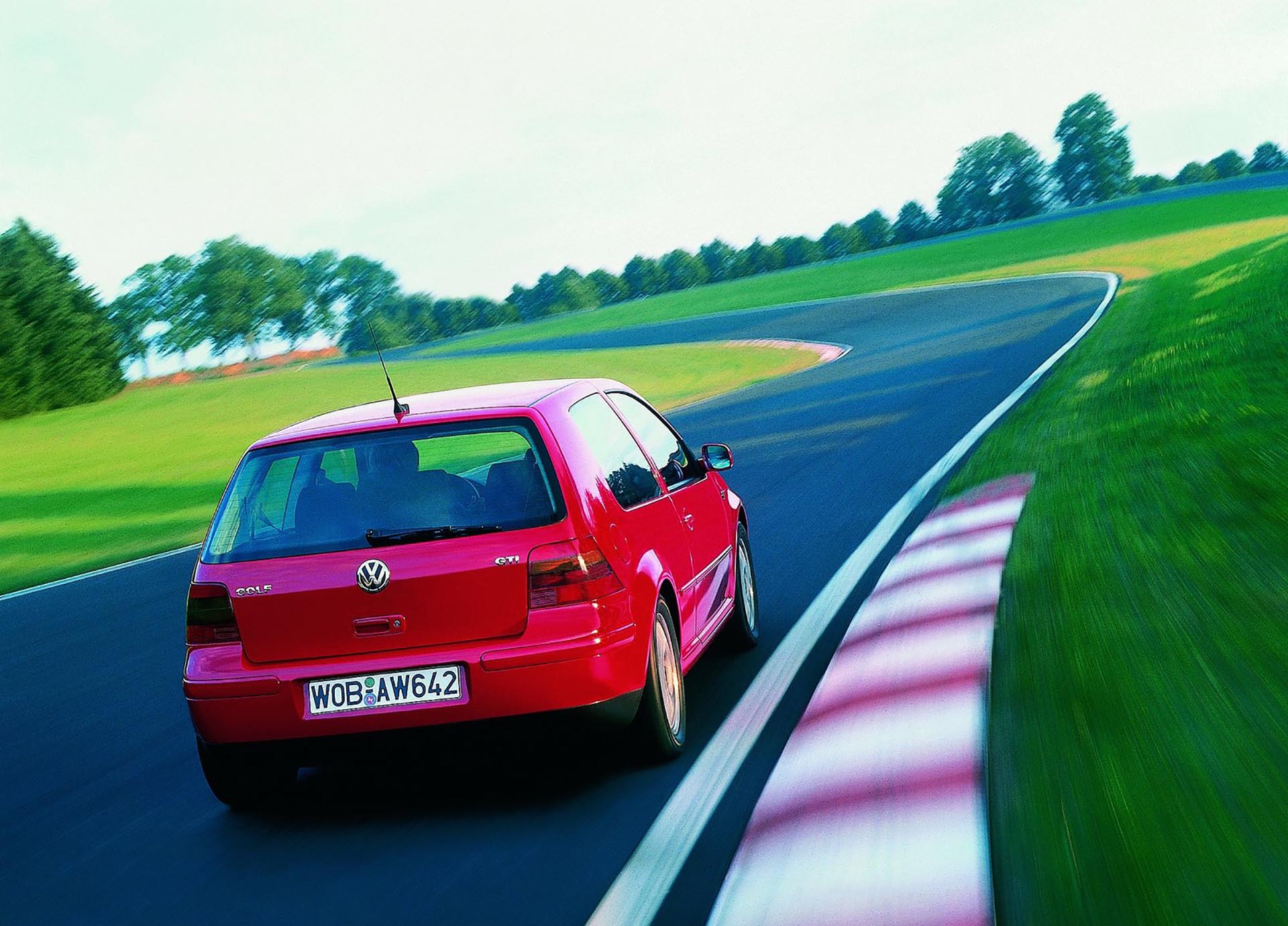
Jay noted that the age and relatively low prices you'll see when looking for a Mk4 GTI or GLI are both a blessing and a curse, "I feel like they get a bad rep because people mod and beat the living hell out of them, while not performing proper maintenance because they end up being a cheap VW. But, if you maintain them, and don't overly abuse them, they really last."

The GTI and GLI both have a solid selection of choices when it comes to engines, but all are available and typically found in a manual, which is the more reliable transmission choice when it comes to the Mk4. The VR6 is well-known with regards to its ability to tackle mile after mile when well cared for, but timing chain services can be more expensive than a similar timing belt service on a 1.8t, which should be replaced along with the water pump and thermostat, every 80,000 miles or so.
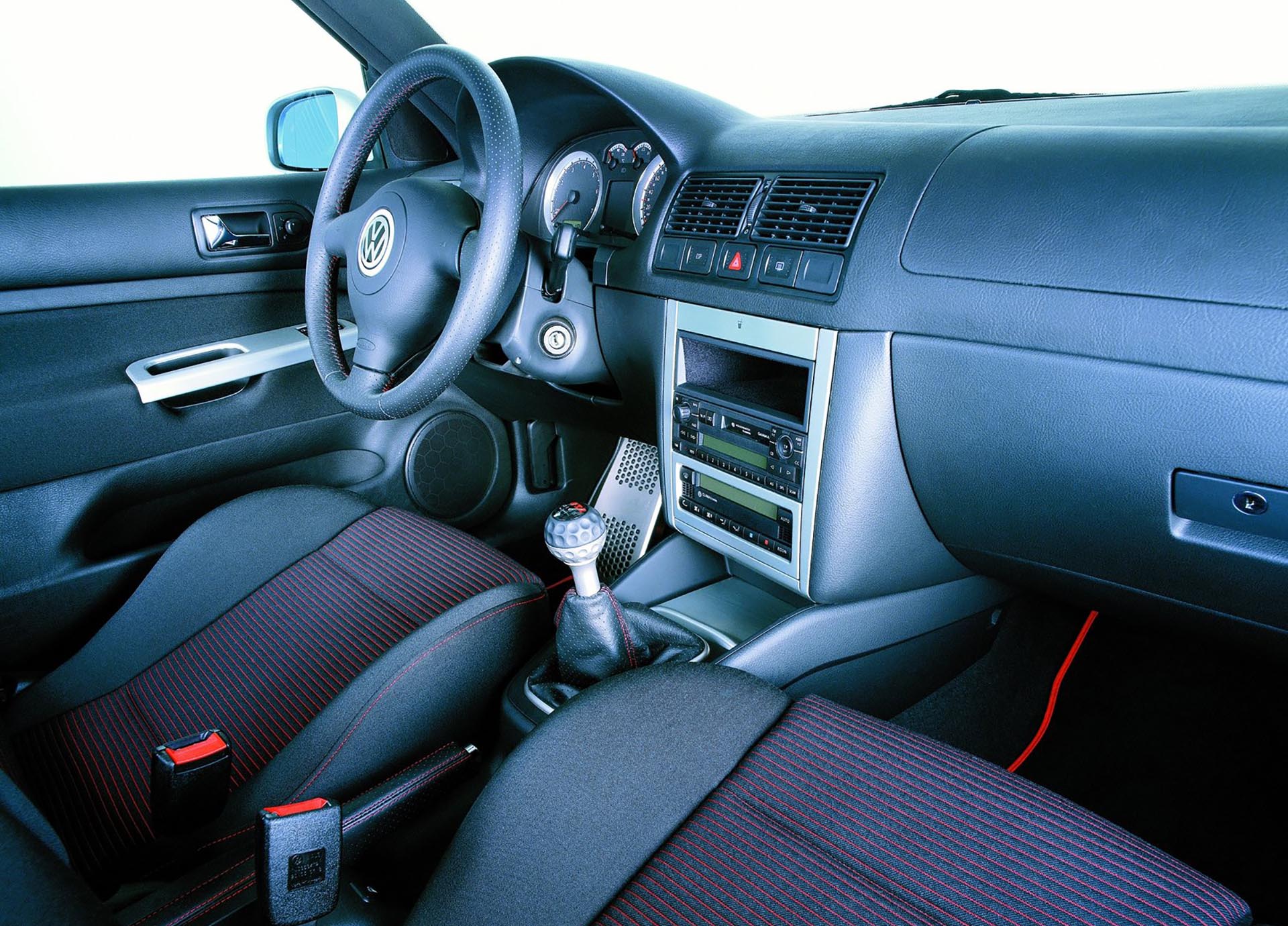
The 1.8t in 180hp AWP form, available from 2002-2005, is probably going to be your best bet. With proper care, it's easy to see these engines to well over 200,000 miles. Aside from the normal wear and tear associated with mileage on things like engine, transmission, and suspension bushings, and mounts, the OEM rubber PCV breather hoses are a known failure and should be replaced with an upgraded kit from 034 Motorsport. Likewise, the coolant flange will leak and will need to be replaced, but it's an easy job. All-in-all the Mk4 platform is one of the easier ones to work on and doesn't require as many specialty tools as the newer cars.
Being older, rust is always something to look for, especially around the front fenders, rocker panels, and the rear hatch, as is obvious signs of neglect. The soft-touch plastics on the interiors can require removal or refurbishing, and headliners can sag as well. Still, Jay fancies the 2004.5 Mk4 Jetta GLI 1.8t to be one of the best choices of the Mk4 cars, and it's easy to see why. Factory-equipped with Recaro seats, a unique aero kit, BBS RC wheels, and 6-speed transmission, the GLI is a very sporty choice.
Volvo C30 (Type P1, 2008-2013)
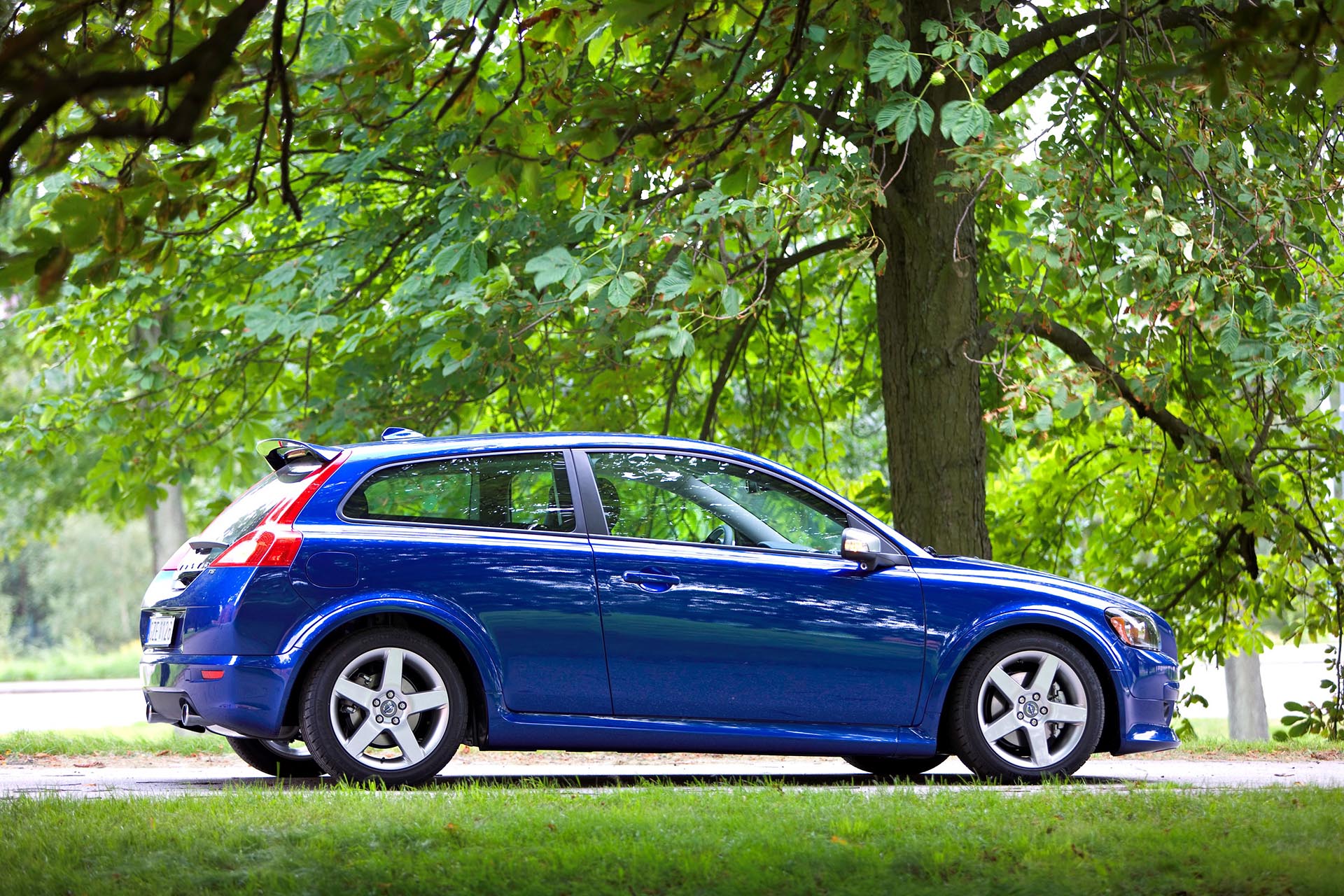
For something just a bit more modern than the Mk4 GTI or GLI, but with a similar sporting vibe, you may want to check out the Volvo C30. This unique hatchback is Volvo Catalog Manager Adam Goral's pick as one of the most reliable used Volvos you can buy. Available with a sweet-sounding 2.5 L turbocharged engine and 6-speed manual transmission, the C30 is the GTI for people looking to stand out from the crowd.
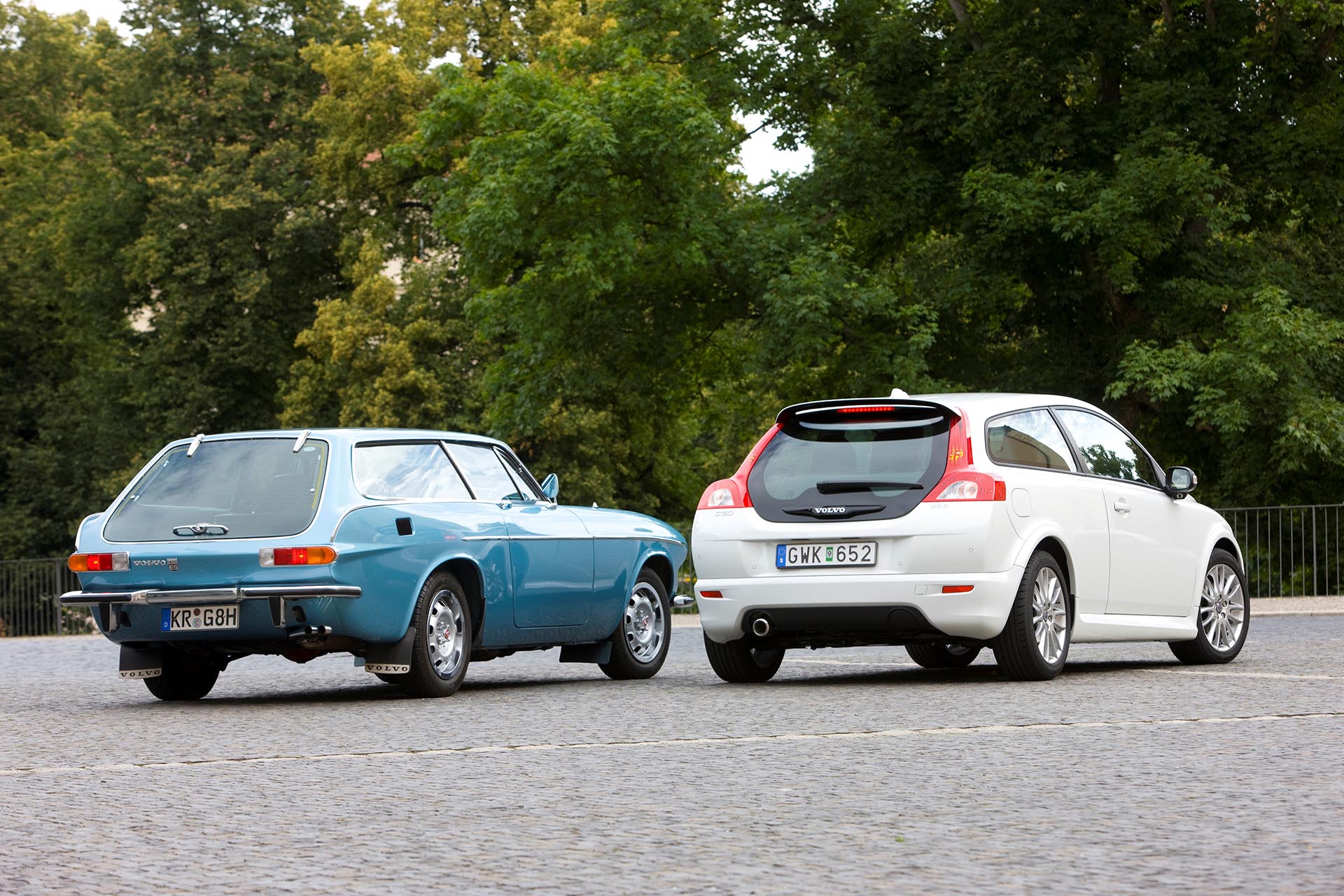
The C30 has the RNC engine, specifically optimized for use in the compact P1 chassis, and which is the latest and last evolution of the 5-cylinder turbos introduced in the late 1990s. These aluminum block and head engines have proved to be pretty reliable in RNC form, thanks to continual updates over the previous ten years. Being a timing belt engine, you should replace the belt and associated parts every 100,000 miles or so. Volvo rates these for 150k, but it's likely that tensioners or pulleys will begin to get noisy well before that mark, even if the belt itself is fine. The M66 manual transmission is likewise rated as being reliable and smooth-shifting, while the automatic AW55-51 can prove to be reliable with the right servicing. Volvo says the automatics have a lifetime fluid fill, but owners who perform a transmission fluid service every 30,000 miles or so shouldn't have any problem seeing these to 200,000 miles or more.
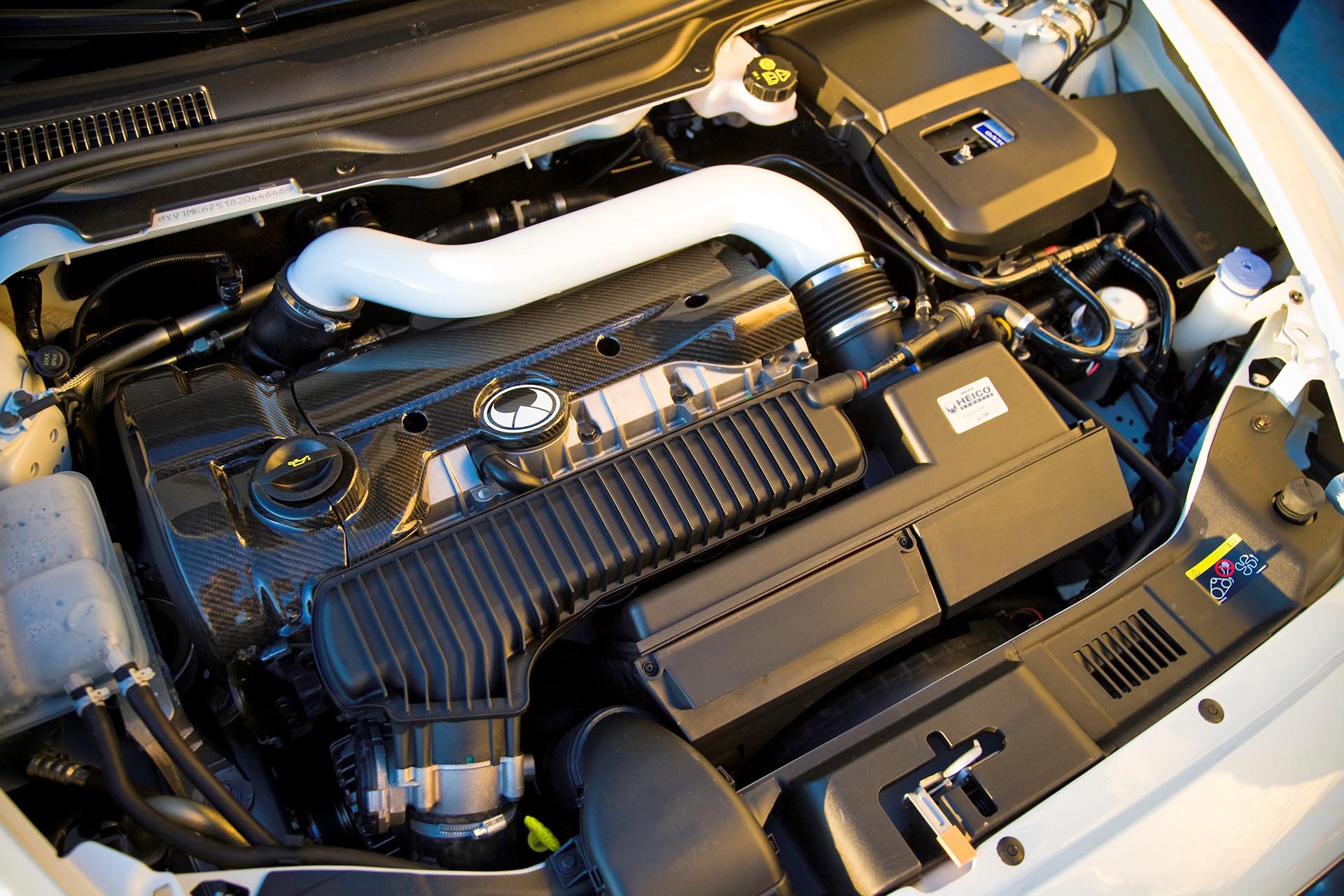
The interior on the C30 is not quite as luxurious as you may have come to expect from modern Volvo cars, but the clean and simple design ultimately suits the quirky Swedish hatch quite well. The C30 also shares its platform with the Mazda 3 of the same era, which means that aftermarket parts supply and support are plentiful, which helps with long term maintenance costs. The extremely limited-production Polestar C30 is a personal favorite, featuring unique bright blue paint and a bump in power over the normal C30, although only 250 or so were sold in the USA.
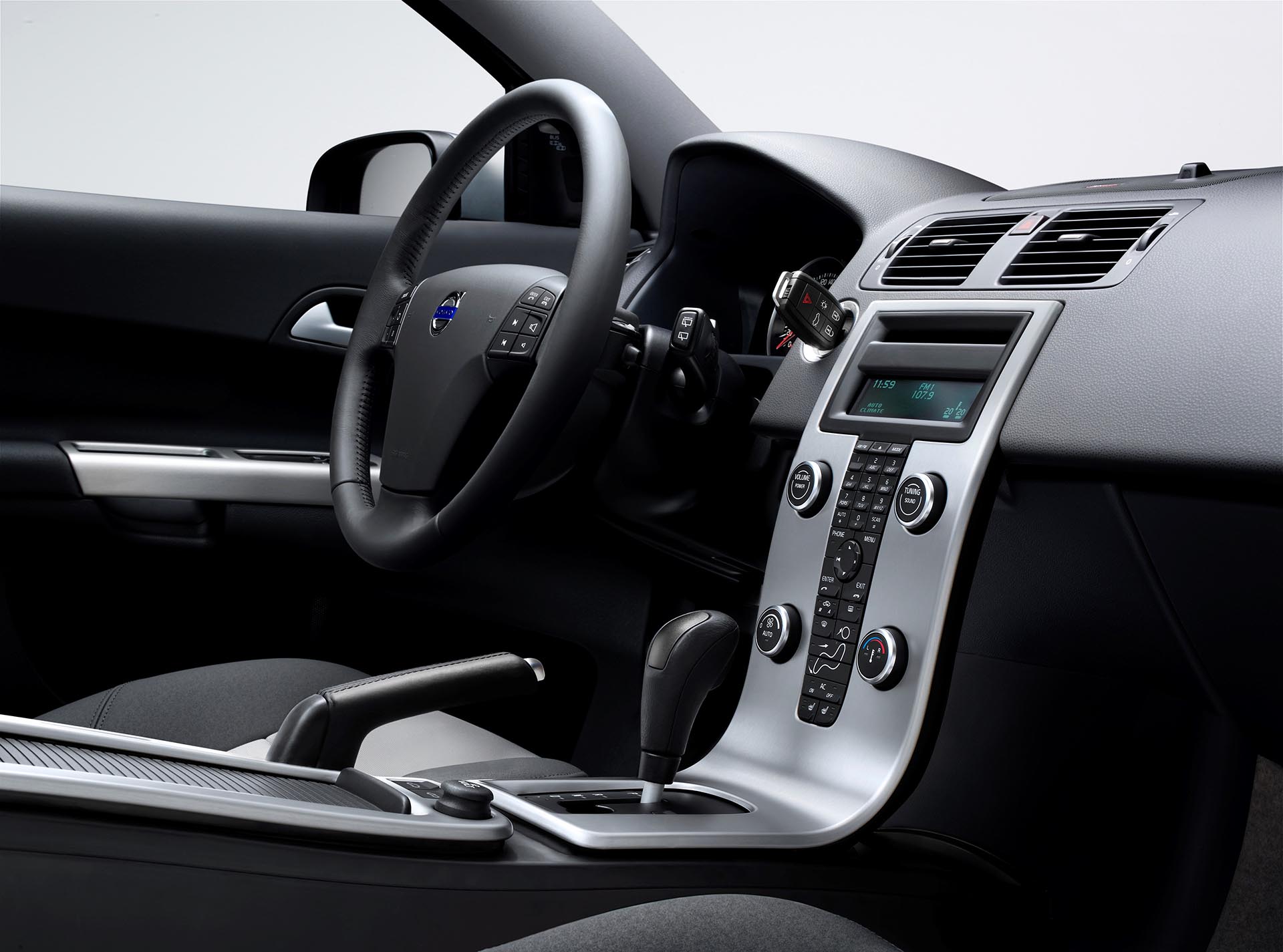
Another cool feature, which Adam was quick to point out, is that the C30's glass rear hatch is a throw-back to the classic Volvo P1800 wagon. After seeing the pure Volvo DNA that permeates the C30, it's hard not to love it just that little bit more. It's also worth noting that two out of two race car drivers at FCP Euro have Volvo daily drivers, including a C30 hatchback. We're not sure what that means exactly, but it has to count for something.
BMW 325i/328i/330i (Type E90, non xDrive, 2006-2011)
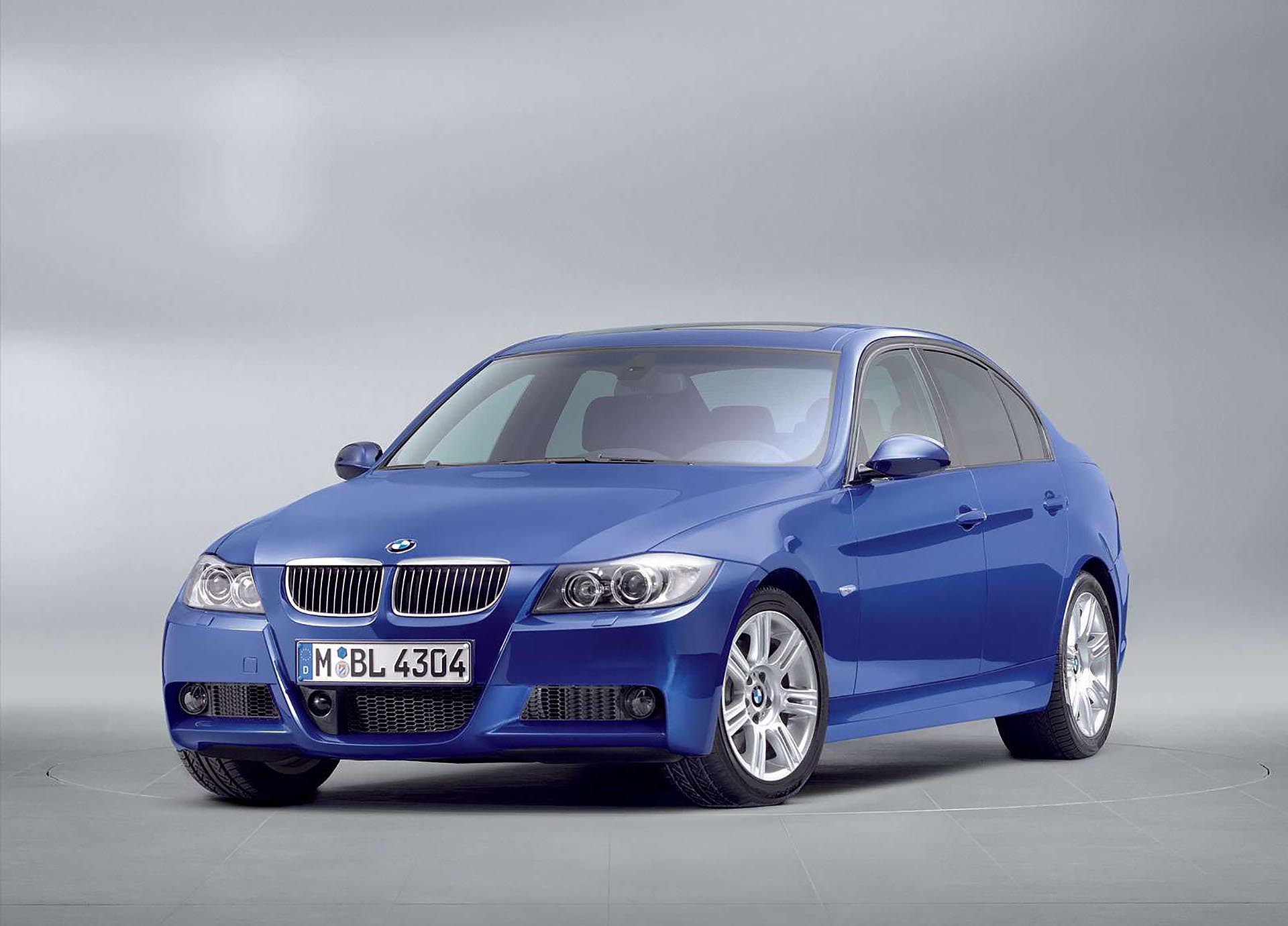
BMW catalog manager Gareth Foley is unquestionably a man who is very much in-the-know when it comes to BMWs of all kinds. While there are plenty of BMWs that could fit into the guidelines of the most reliable cars over 10 years old, without hesitation, he chose the BMW 3-Series (E90) in non-xDrive trim. The venerable 3-series is one of the most well-known and fun-to-drive sports luxury sedans ever made, and in naturally aspirated trim, Gareth says it is also one of the most reliable.
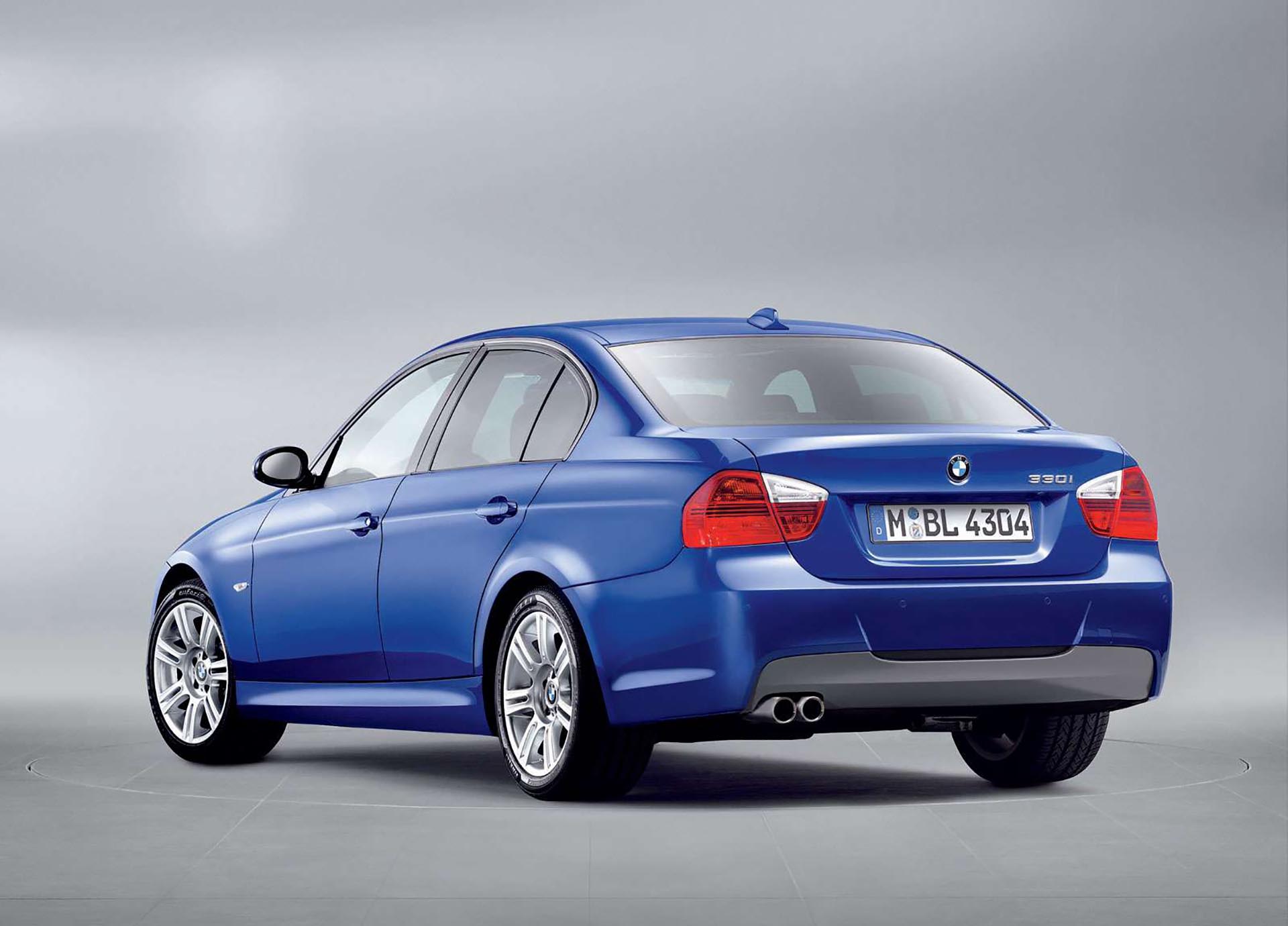
The naturally aspirated 6-cylinder engines are silky-smooth and don't require a lot of maintenance aside from regular oil and filter services. Like the Mk4 GTI and GLI, the manual transmission cars are particularly bulletproof, but the automatic options are still a solid choice when properly maintained. Perhaps best of all, the E90 platform itself is pretty DIY-friendly when it comes to doing your own servicing, and the parts are on the more affordable side when repairs do need to be done.

The most common issues you'll find on the BMW E90 325i, 328i, and 330i are oil and coolant leaks. The oil filter housing gasket is a common one, like most of the other 6-cylinder engines from BMW. Plastic coolant flanges are again on the list as a common failure point, and one of the only ones that can leave you stranded in an instant. We recommend an upgraded metal flange to anyone who owns one of these cars as it can save you quite a bit of time and money in the future. Lastly, BMW's VANOS variable valve timing can give some issues and sometimes requires a rebuild. These issues will show up in the form of camshaft/crankshaft timing correlation fault codes and are oftentimes misdiagnosed. However, they're not as serious as you might initially think.
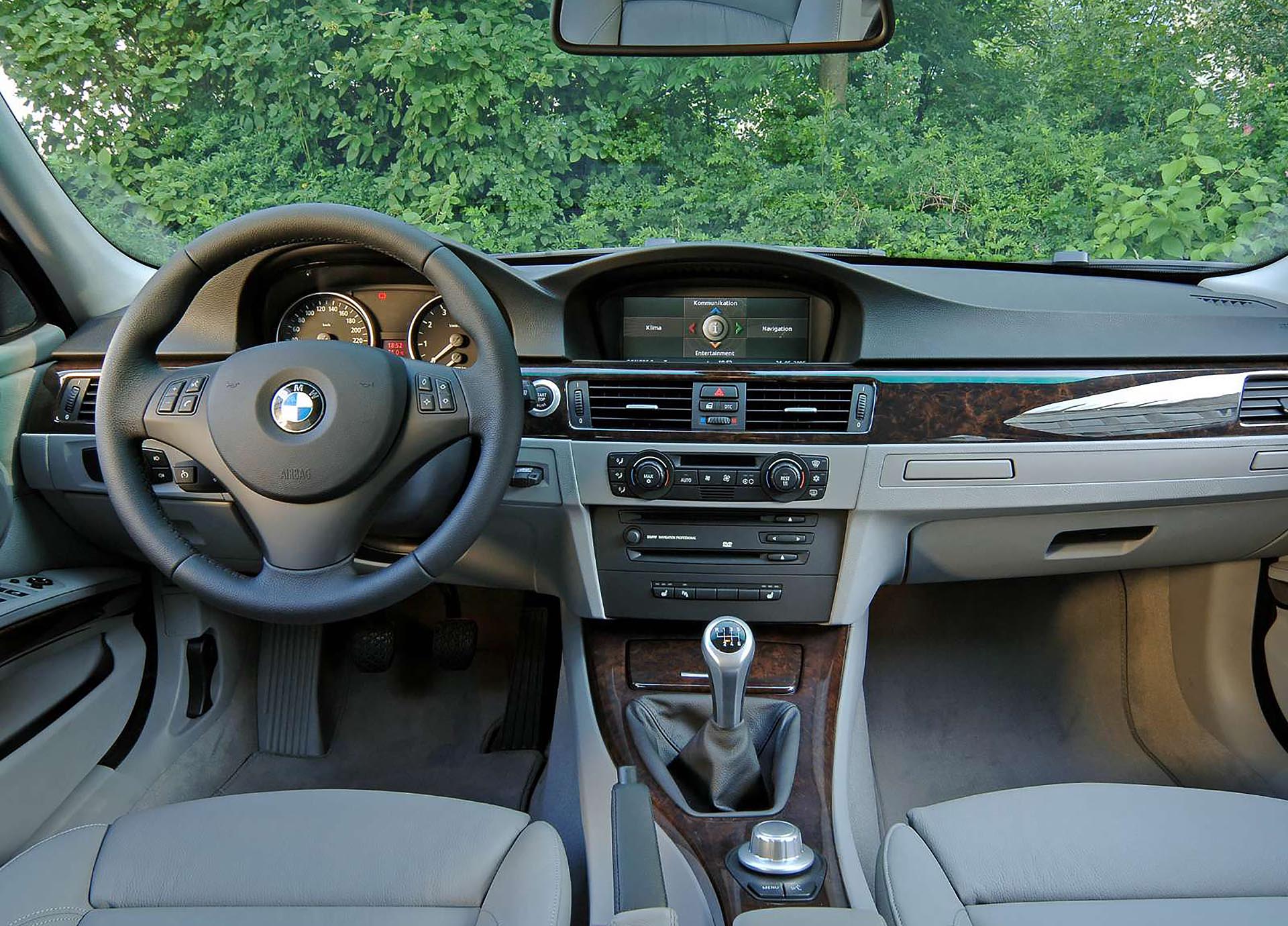
The E90 3-Series isn't going to set the world on fire in naturally aspirated trim, but the quality interior, balanced chassis, and smooth power make for a rewarding, and surprisingly trouble-free drive.
Audi A4 2.0T Quattro (Type B7, 2006-2008)
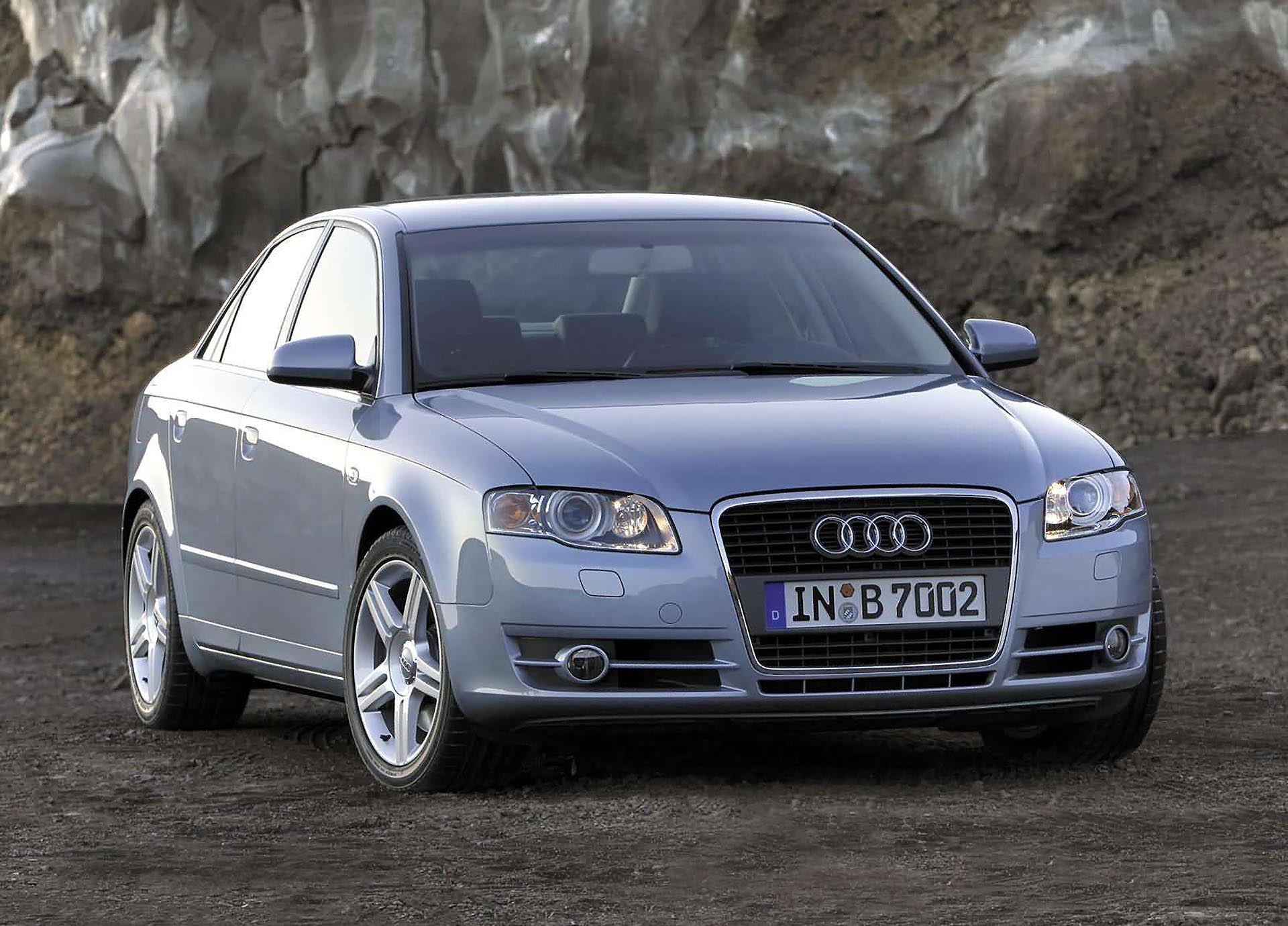
If you're looking for something with all-wheel-drive, and a more tuner-friendly turbo engine, our Audi Catalog Manager Aaron Davis has just the car for you; the B7 Audi A4 2.0t Quattro. The B7 A4 had a fairly short run, from only 2006 to 2008, but it combined some of the very best parts from those generations of Audi vehicles. The B7 takes responsive chassis of the B6 A4 and adds the more powerful 2.0t DFI engine. The B7 is also available in the holy-grail for many enthusiasts, a 6-speed manual transmission wagon.
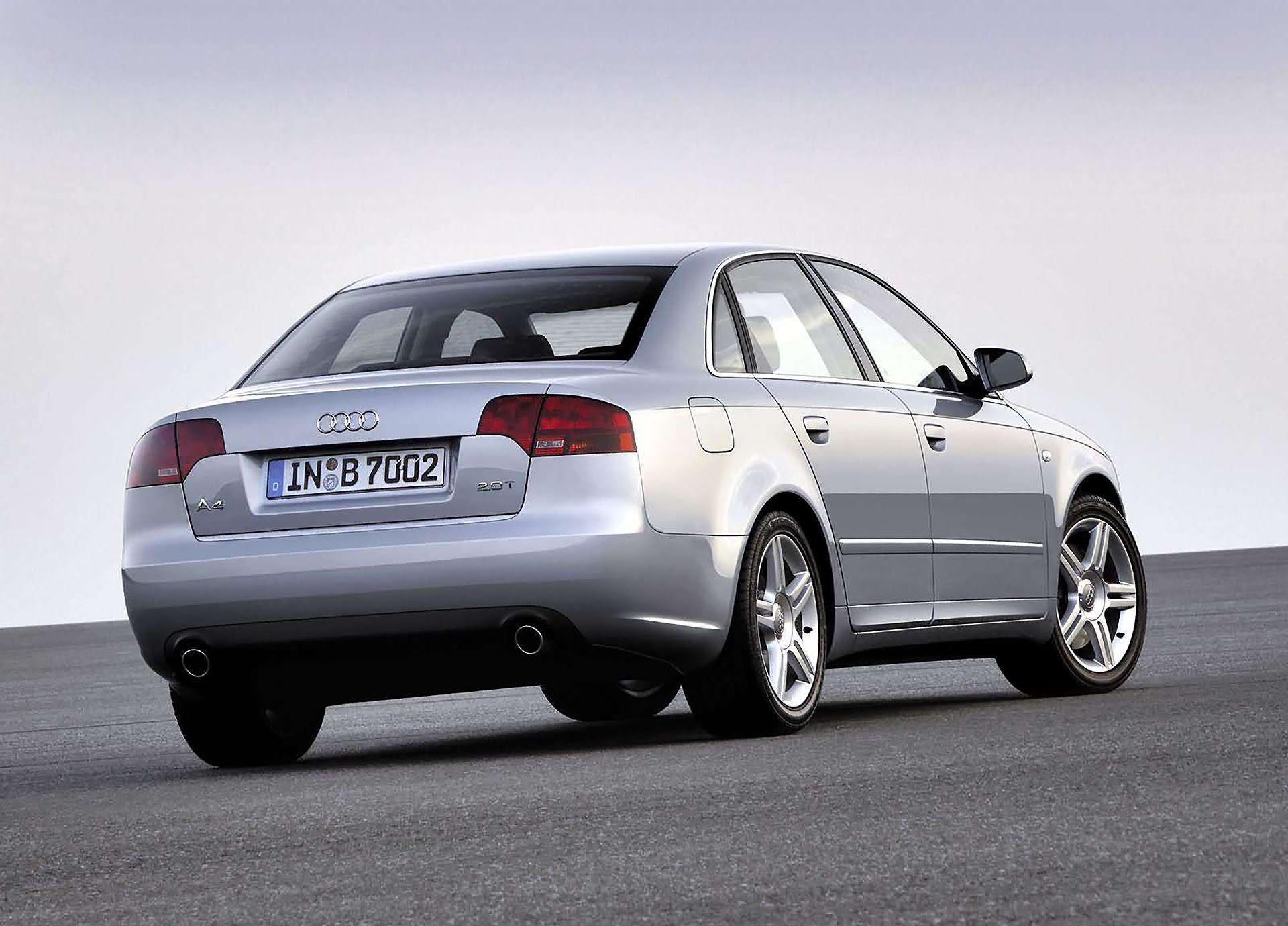
The B7 A4 had two different engine options, a 2.0 turbocharged direct-injected 4-cylinder and a 3.2 L naturally aspirated V6. Between the two, the 2.0T is the better choice. The engine itself is reliable, and the maintenance isn't going to cost an arm and a leg. Like the 1.8t that it replaced, it is a timing belt motor and is generally a more friendly design when it comes to DIY servicing. Aaron also rates the B7 A4 as giving a more direct, raw steering feel than later Audis as the B7 is the last generation of A4 models that doesn't have Audi Drive Select or Adaptive dampers. With this in mind, along with the 2.0t engine, the B7 A4 is a great performance platform. Stay away from FWD models that have the DCT transmission. Automatics are not as troublesome, but also not as reliable as the more modern Audi automatics or S Tronic options.

Despite being generally solid, there are a couple of common items to be aware of on the B7 A4 2.0t. First, the high-pressure fuel pump has a cam follower that sits between it and the camshaft lobes that drive the pump. Although Audi doesn't consider this a service item, it tends to wear over time and can eventually damage the HPFP, camshaft, timing cover, or even the engine itself if you let it go too far. Fortunately, it is a fairly easy replacement, and there are plenty of well-documented DIYs to help you through the process. We've found using LIQUI MOLY's MoS2 additive can add thousands of miles to the change interval. We recommend checking the HPFP cam follower every 15,000 miles and replacing it as needed.
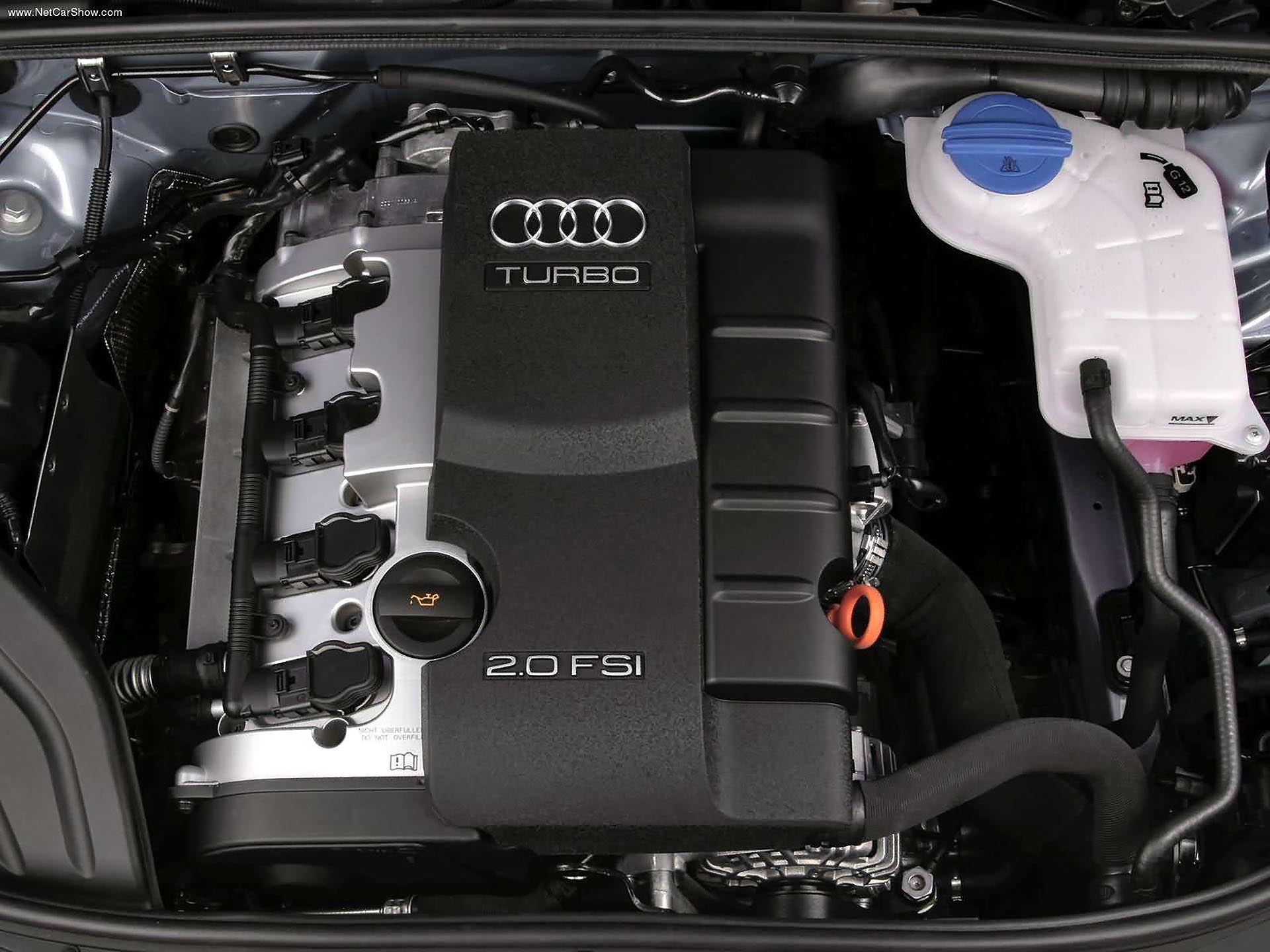
Secondly, as with almost all Audi B-series cars, the control arms and ball joints are high-wear items, and any slop in the steering or noise in the front end is usually related to these. If you find a bad control arm, we recommend replacing the entire set, as the rest will usually be on the way out soon after the first. It's easier to knock it out all at once and pay for one alignment rather than multiple. Watch out for the pinch bolt on the suspension upright, which can become seized and require a little heat and persuasion to remove.
Porsche 911 Carrera (Type 997.2, 2009-2012)
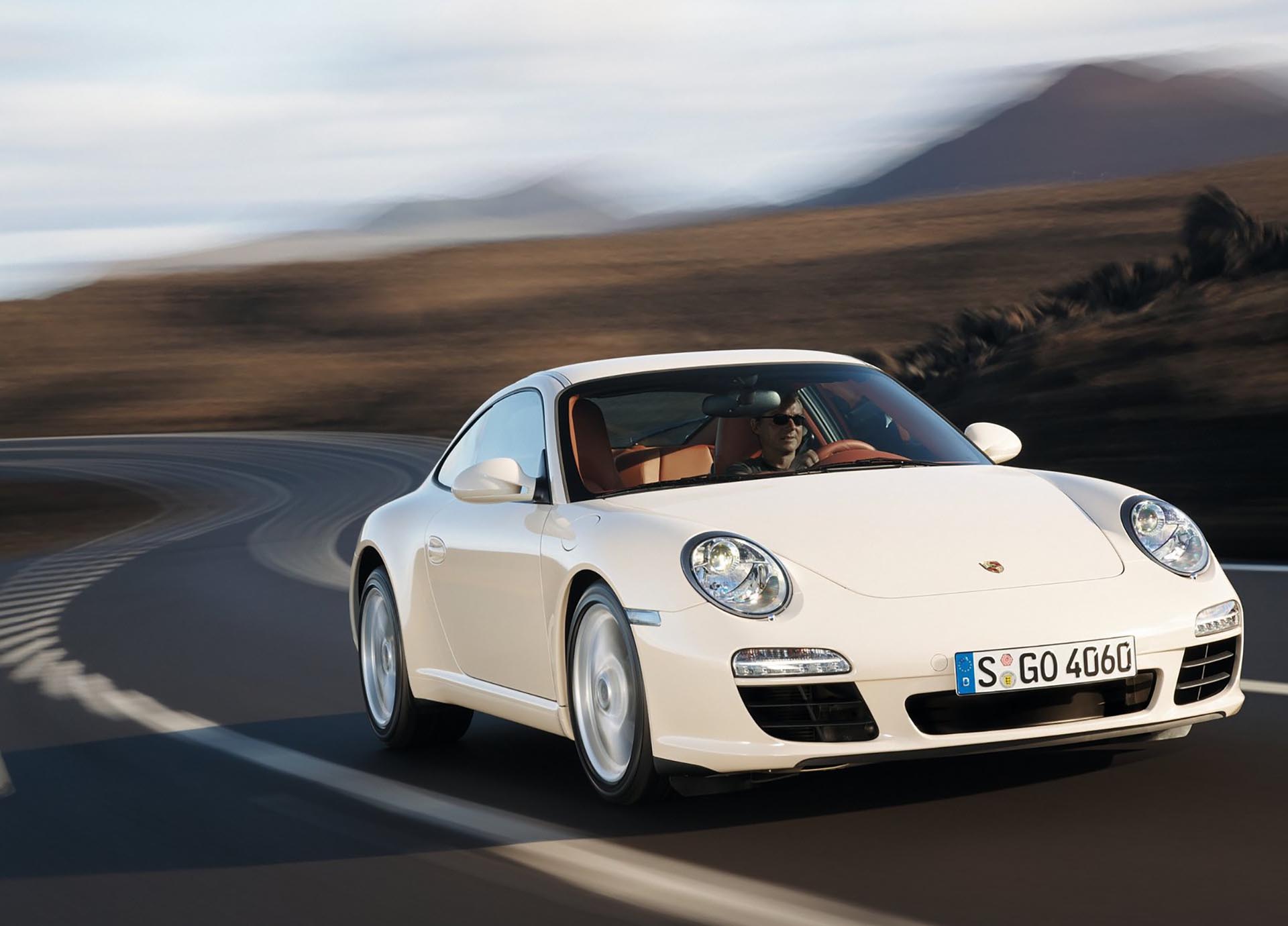
Just barely squeaking in under our ten-year cut-off, Porsche Catalog Manager Eric Hirschberg selected the brilliant 997.2 911 Carrera as his choice. Arriving as the facelift 997 911 in 2009, the 997.2 takes everything that's great about the first two water-cooled versions of the bread-and-butter 911 Carrera and improves on them, mainly in terms of the engine and transmission. The result is a very capable GT car that can knock out miles on a cross-country road-trip and won't end with your car on the back of a wrecker.
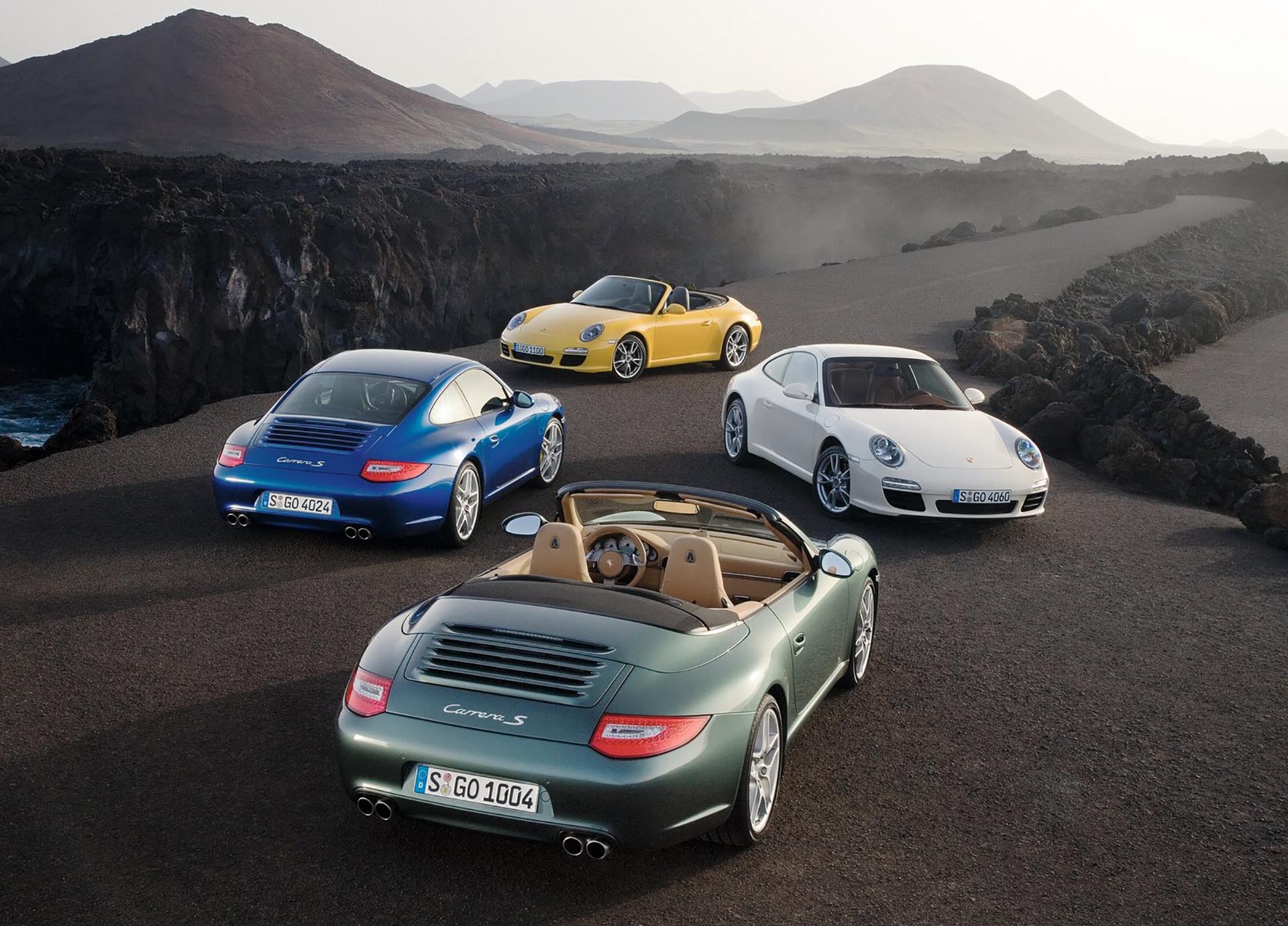
The weakest link of any earlier 996 or 997 is, of course, the M96/M97 engine. As we've detailed, they aren't as bad as they're made out to be, but it's still an engine with some known issues that are fairly unavoidable. In 2009 the 911 Carrera and Carrera S received either the MA1.01 or MA1.02 engine, part of the brand-new and fully updated 9A1 direct fuel-injected engine family. The 9A1 engine is not only more powerful and fuel efficient, but it crucially remedies the the major headaches and concerns of the M96/M97. The changes are substantial, but one of the key differences is that it no longer has an intermediate shaft (IMS) or split timing chain system. Likewise, the Tiptronic gearbox option was replaced with the unbelievable Porsche PDK dual-clutch transmission, meaning that the automatic option is a real performer and not a major compromise. The LED taillights are a nice visual touch, and the interior is another step towards the quality that you expect from the world's best sports car manufacturer compared to the first water-cooled cars. If upgrades are your thing, there's a healthy selection of performance aftermarket and factory parts for the 997.2.
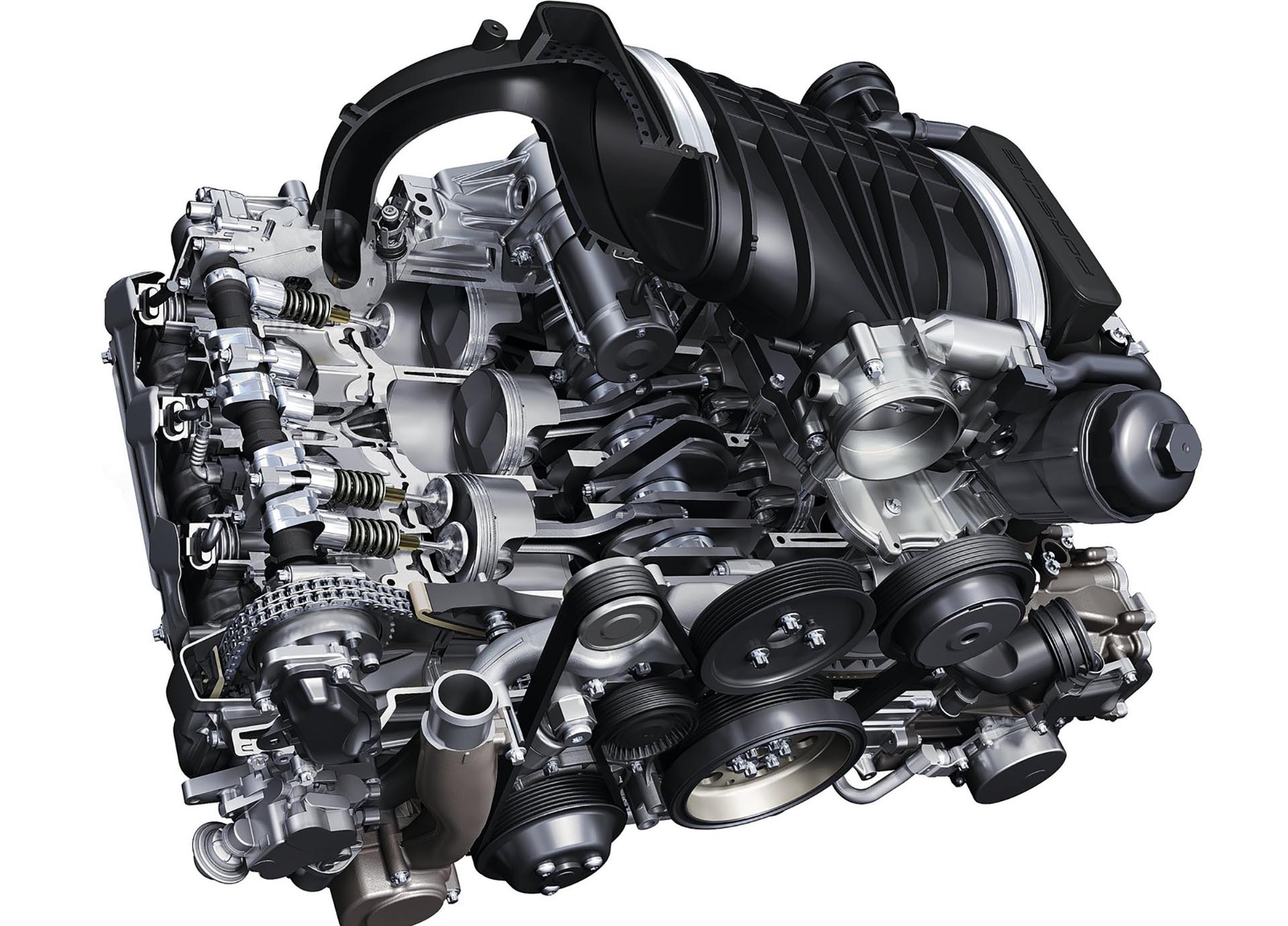
A few carryover items from the M97 that will require attention include the ignition coils, spark plugs and water pump, all of which should be changed preventively every 60,000 miles. Radiator failure, thanks to plastic end tanks separating from their cores, are another big one, but if caught early and replaced before a total failure isn't much of an issue. The PDK transmission itself is a reliable unit but absolutely demands that proper service intervals be followed. A neglected PDK is not one that you want to buy, so service records and a good pre-purchase inspection are a must.
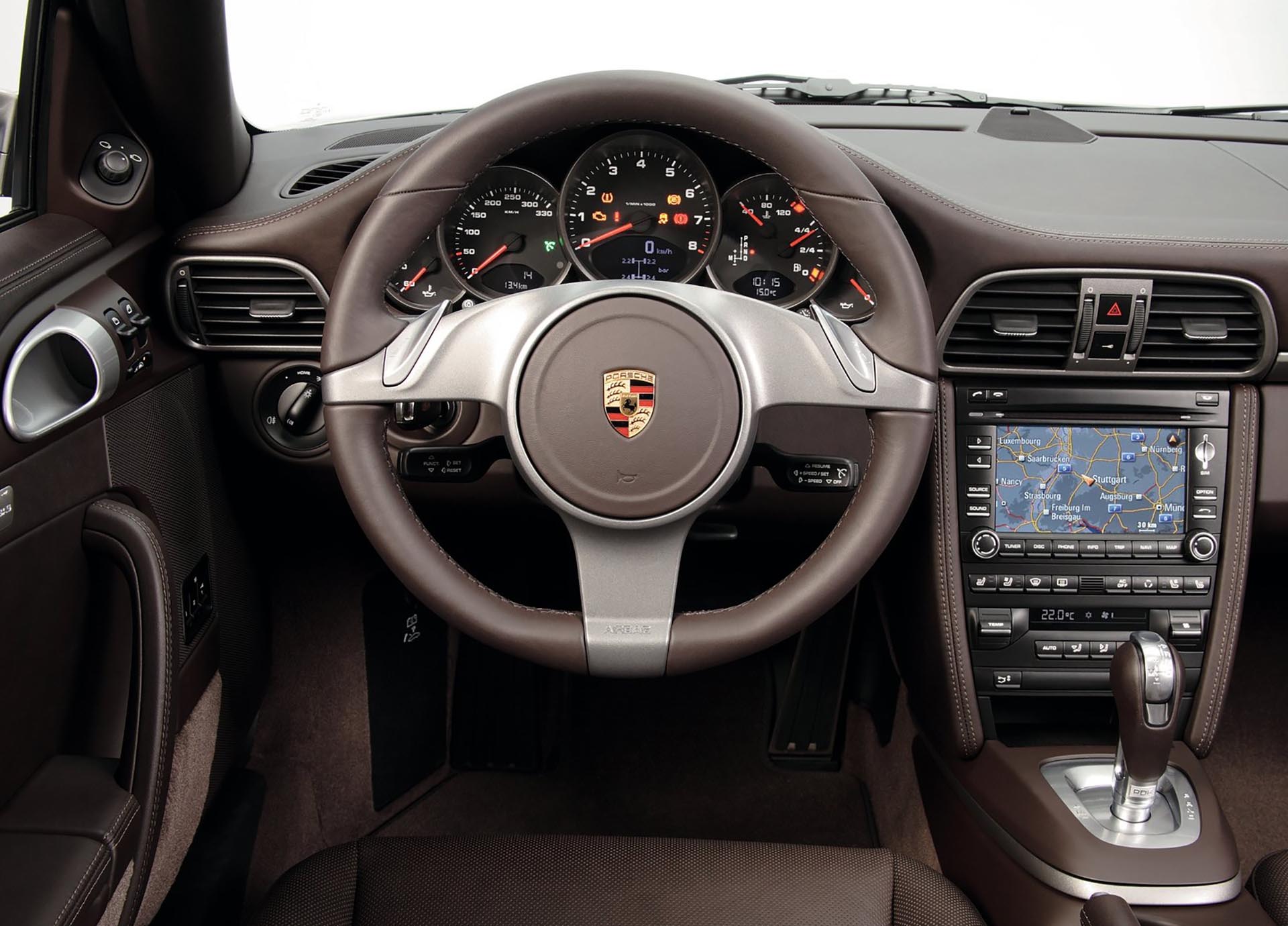
If there's a downside to the 997.2, if you want to call it that, it's the price. The used market values are still holding steady, and it's far from the most affordable car on our list. It's still, however, an amazing buy when it comes to real-world performance, and this is likely proof that these will continue to be some of the more sought-after Carreras for years to come. You'd be hard-pressed to find a better, more reliable Porsche 911 for the money. Some might also say that the 997 911 strikes the best visual balance of any of the water-cooled 911s, and you certainly won't hear us disagree on that point. Let us know what you think about this in the comments below.
Mercedes-Benz CL600 V12 Biturbo (Type C216, 2007-2014)
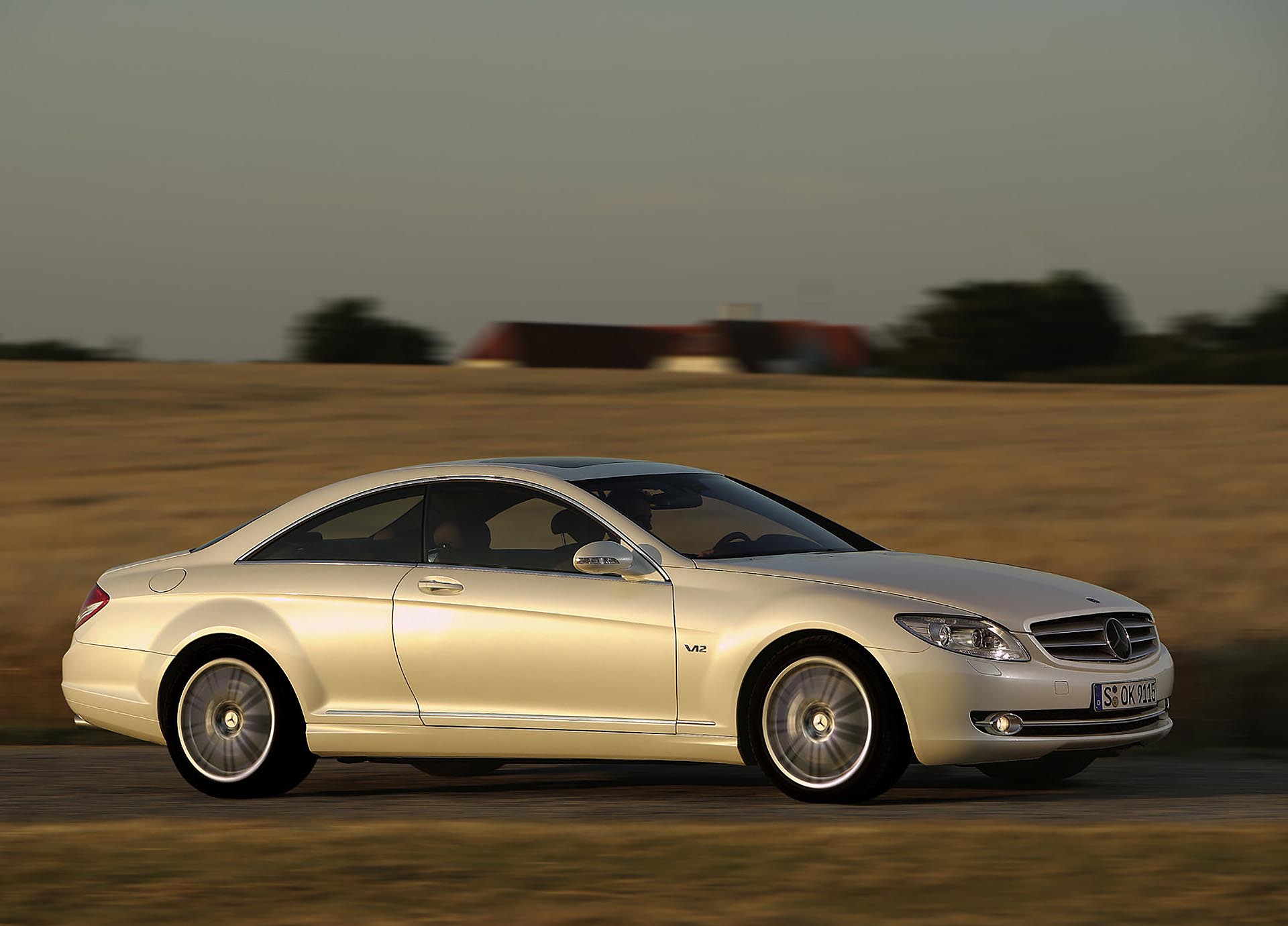
When it comes to Mercedes-Benz, it's relatively hard to single out just one reliable car because of their well-known bomb-proof reliability. Sure there are certain models or systems that may have some well-documented concerns, but generally, you know that a Mercedes is built to last. Kyle Bascombe, our Mercedes-Benz Catalog Manager, decided to throw us a curveball and select a Mercedes that might surprise you, if only because it's not one of the more basic models, but a flagship example of the classic Big Body 'Benz. Yes, Kyle chose the V12 BiTurbo-powered CL600.
On paper, you might think selecting the CL600 as being a reliable Mercedes is a mistake, but when you look a bit deeper, you can begin to understand the reasoning behind it. First up, the M75 5.5 L V12 engine is a proven Mercedes commodity, based on the M137 that's been around since the late 90s. It's still fueled via port-injection, and with 3-valves per cylinder and twin-spark ignition, it's barely breaking a sweat to make the 512 horsepower and 612 lb-ft of torque that it can produce. Likewise, that power is sent through the bulletproof Mercedes 5-speed automatic transmission, which, aside from regular maintenance, shouldn't require any serious overhauls or issue.
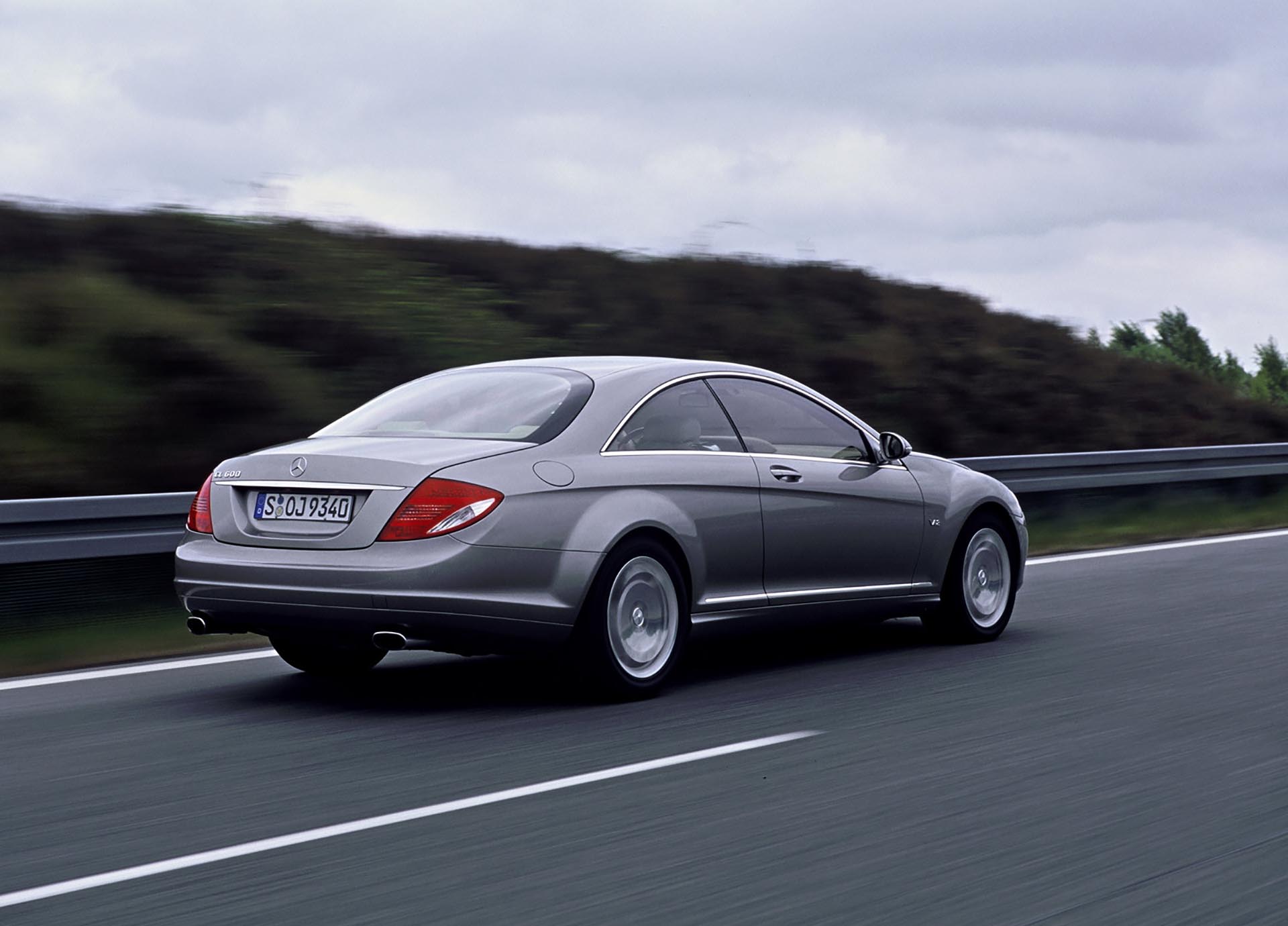
Perhaps most importantly, by the C216 CL600's release, Mercedes had finally perfected the complex ABC hydraulic suspension system. The ABC system is a joy when it works, and a serious headache when it doesn't. On the CL600, the ABC suspension finally lived up to the promise that it held for so long, which is to provide comfort and control all without letting the driver know that it is working. The biggest thing of note when it comes to service on the V12 CL600 is the ignition cassettes. The ignition cassettes consist of the ignition coils and coil connectors, with 12 per cylinder bank, and 24 total. Spark plugs and connectors should be changed every 40,000 miles. Neglecting the plug change can shorten the life of the ignition coils, so this is one of the more important services on the CL600.
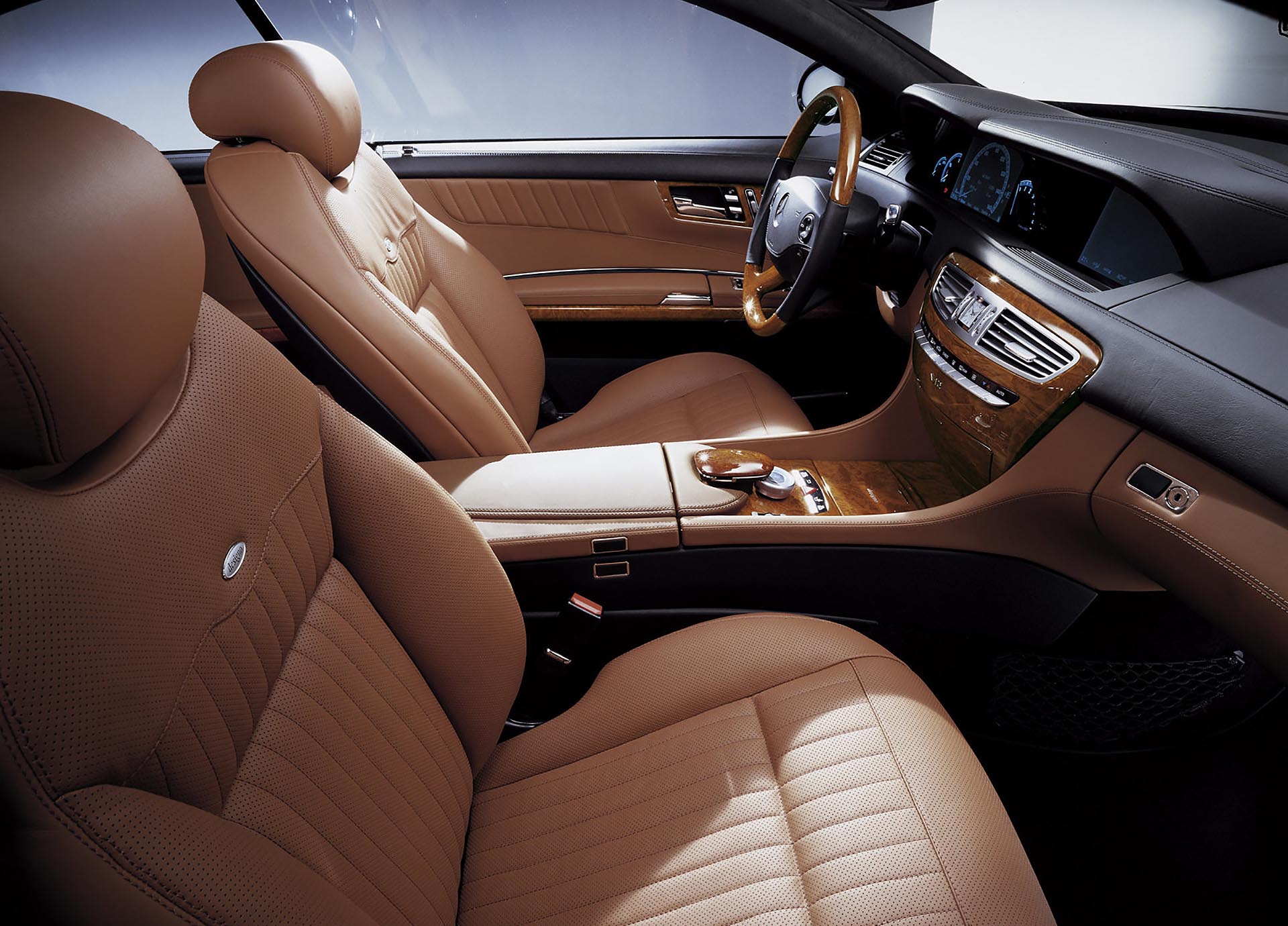
While reliability may not be the first thing that you think of with a high-powered coupe like the CL600, it is ultimately and perhaps surprisingly, one of the most reliable luxury cars on the market today. Like anything big, heavy, and fast, you will have to budget for more consumables in terms of brake pads and rotors, but with the FCP Euro Lifetime Replacement Guarantee, you can cross that cost off your list pretty easily.
We hope that we showed that no matter what kind of car you're looking for, there's a reliable used model that may fit the bill. From compact to full-size, there's plenty to choose from. What's your pick that you would add to the list?

